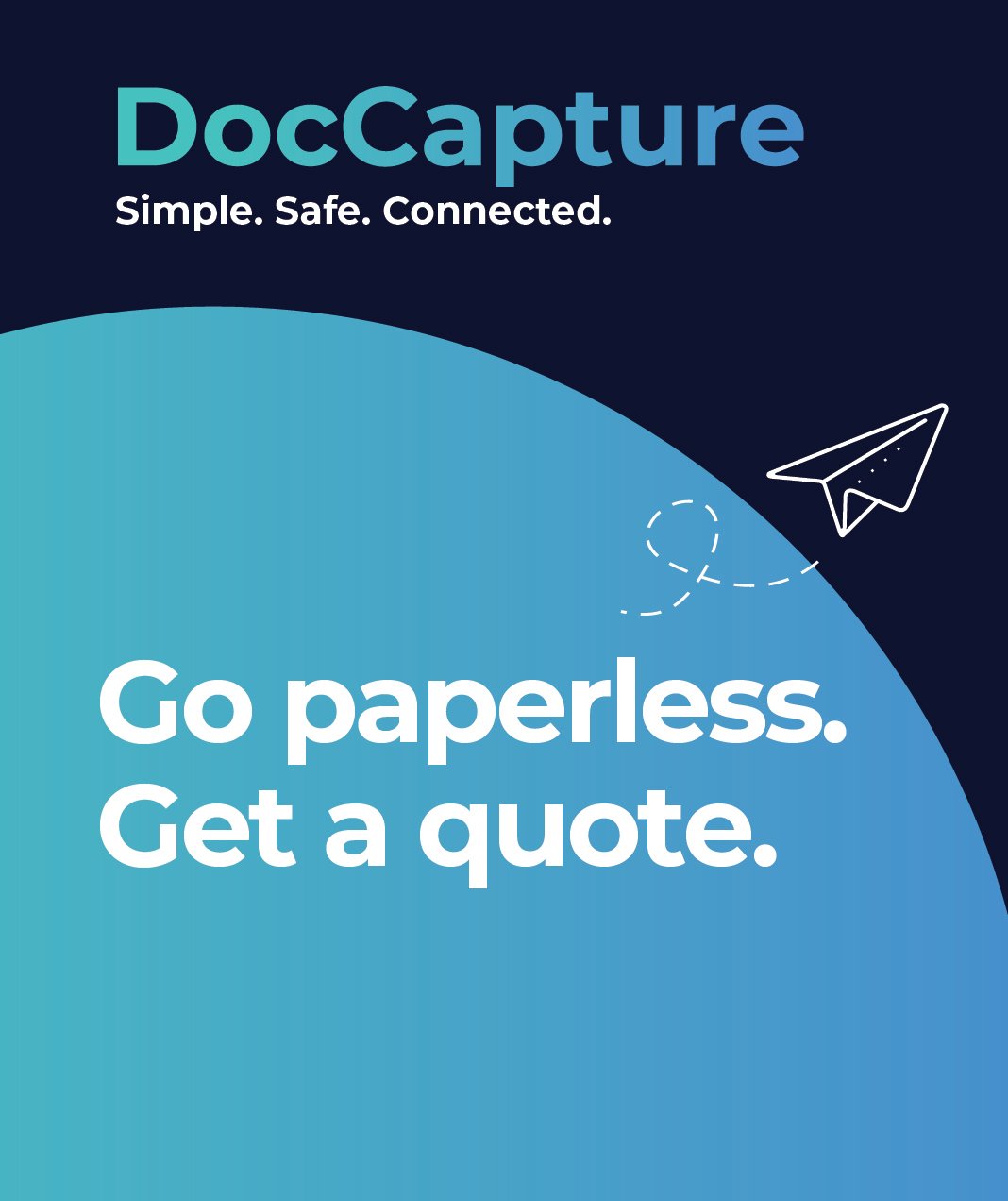How Nonprofits Can Improve Audit Readiness with Scanned Records
Table of contents
For nonprofit organizations, audits are a necessary—if often stressful—part of maintaining transparency, meeting regulatory requirements, and preserving donor trust. However, the process of gathering records, verifying documentation, and ensuring compliance can quickly become overwhelming, especially when critical information is locked away in filing cabinets or scattered across various locations. This is where improving audit readiness for nonprofits with scanned records becomes not only a smart move, but a strategic one.
By digitizing records and centralizing access to documentation, nonprofit leaders—from Executive Directors to IT Managers—can dramatically simplify audit preparation. With fewer paper trails to chase and faster access to verified data, these organizations can reduce stress, lower administrative costs, and minimize audit risk. This article explores how investing in document scanning and digital archiving helps nonprofits stay organized, compliant, and ready—whenever an audit comes knocking.
Why Audit Readiness Matters for Nonprofits
Audits are not just a regulatory obligation—they are a reflection of an organization’s integrity, accountability, and operational discipline. For mid- to large-sized nonprofits, maintaining clean, accessible records is critical to avoiding compliance issues and protecting the organization’s reputation with donors, grantmakers, and the public.
Yet many nonprofits still rely heavily on paper-based recordkeeping, which introduces a number of vulnerabilities:
-
Misfiled or missing documents
-
Difficulty retrieving information on short notice
-
Storage limitations and physical degradation
-
Increased risk of data loss or unauthorized access
These challenges become especially problematic when audits are triggered by government agencies, funding sources, or internal governance reviews. Paper-based systems simply don’t offer the speed, traceability, or consistency required for efficient audit preparation.
That’s why forward-thinking organizations are turning to document scanning services to digitize their operations. As outlined in Document Scanning for Nonprofits, digital transformation initiatives are making it easier to centralize records, reduce paper dependency, and enhance operational efficiency.
Scanned documents not only streamline access but also ensure version control and secure storage. This significantly reduces the administrative burden on nonprofit staff and empowers them to respond to audit requests with confidence and clarity. For a deeper look at the impact of digitization, the article Nonprofits & Digital Transformation: Maximizing Mission Impact explores how digital tools are changing the way nonprofits operate and deliver on their missions.
Key Benefits of Scanned Records for Audit Preparation
Transitioning to scanned records isn't just about going paperless—it's about empowering nonprofit teams with tools that directly support audit success. Here’s how digitized documentation makes a tangible difference:
1. Easier and Faster Access to Records
One of the greatest advantages of improving audit readiness for nonprofits with scanned records is the ability to retrieve any document in seconds. Digitized records can be indexed by keywords, dates, donor names, or financial codes, drastically reducing the time staff spend hunting through file cabinets.
When auditors request specific documentation—such as donor receipts, board meeting minutes, or grant applications—staff can provide accurate information immediately, without delays or scrambling.
2. Improved Regulatory Compliance
Scanned records contribute to better compliance by creating an auditable, time-stamped trail for every document. This is especially crucial for nonprofits subject to IRS requirements, grant reporting standards, and state-level recordkeeping laws.
As discussed in Scanning Nonprofit Records, digitized files are easier to categorize, retain, and purge according to compliance timelines, reducing the risk of fines or failed audits.
3. Reduced Administrative Burden
Manual document handling—filing, copying, retrieving, and storing—consumes valuable staff time. By centralizing all documentation in a secure digital system, nonprofits can reallocate hours previously spent on paperwork to more mission-critical activities.
This reduction in repetitive administrative tasks is especially beneficial for lean teams managing multiple responsibilities, such as Operations or Finance Directors.
4. Enhanced Security and Access Control
Scanned records can be stored in encrypted digital archives with role-based access controls, ensuring sensitive information is only available to authorized users. This level of protection is far more secure than shared file drawers or unlocked cabinets.
With secure cloud storage and disaster recovery protocols, nonprofits can prevent data loss due to theft, fire, or accidental misplacement—providing peace of mind during audits and beyond.
How to Implement a Document Scanning Strategy for Your Nonprofit
Shifting to a digital document system may sound daunting, but with a structured approach, even resource-constrained nonprofits can successfully transition from paper to pixels. Here’s how to get started:
1. Conduct a Document Audit
Begin by identifying what types of records you have and where they are stored. Focus on high-priority items like financial records, grant files, donor communications, and board documentation—anything that is regularly requested during audits or must be retained for legal reasons.
Ask questions like:
-
Which documents are critical for compliance?
-
Which records are accessed most frequently?
-
Are any files at risk due to poor storage conditions?
This process helps determine scanning priorities and ensures nothing is overlooked.
2. Choose the Right Scanning Partner
Working with a trusted document scanning provider ensures secure handling of sensitive information and a seamless conversion process. As highlighted in Document Scanning for Nonprofits, professional services offer bulk scanning, indexing, and metadata tagging—freeing up your team from technical tasks.
Look for a vendor that:
-
Understands nonprofit compliance standards
-
Offers secure pickup and chain-of-custody tracking
-
Can digitize a variety of file types and formats
-
Provides access to cloud-based digital archives or integrates with your existing systems
3. Create a Retention and Access Policy
Once records are scanned, establish a digital file management policy:
-
Define who has access to what types of files
-
Set retention schedules based on legal and operational needs
-
Assign responsibility for maintaining and updating the digital archive
This ensures that your new system remains organized and compliant over time.
4. Train Staff and Monitor Adoption
Digital systems only work if people use them correctly. Provide onboarding sessions and documentation to train team members on:
-
How to locate scanned files
-
Best practices for uploading new documents
-
Security protocols for handling sensitive data
Monitor usage and get feedback to refine your process.
Conclusion
Audit readiness doesn’t have to be a source of anxiety for nonprofit organizations. With the right strategy and tools, your team can transition from reactive to proactive—gaining full control over records, timelines, and compliance obligations. By improving audit readiness for nonprofits with scanned records, you’re not just preparing for the next audit—you’re building a stronger, more efficient infrastructure to support your mission long-term.
Ready to take the next step? Fill out our Get a Quote form to explore how DocCapture can help you digitize, organize, and secure your records—so your nonprofit is always audit-ready.
Share this
You May Also Like
These Related Stories

Digitizing Nonprofit Records to Support Remote and Hybrid Teams

How Document Scanning Enhances Regulatory Reporting Accuracy

